Retailers that in the past plunked down large cookie-cutter stores in malls and power centers across the U.S. have ramped up experiments with smaller formats geared toward local tastes and culture. It’s a strategy that satisfies several needs and goals of retailers at once — first and foremost to forge stronger connections with new and existing customers.
But it also allows retailers to increase their productivity, reduce buildout and operating costs, limit exposure to wrong inventory choices and place more stores in secondary and tertiary markets that have grown as a result of pandemic-driven migration. Additionally, the locations can leverage and expand a retailer’s omnichannel strategy, from processing returns that were bought online and fulfilling e-commerce orders for in-store pickup. Depending on the retailer and size of the store, such a location also could fulfill online purchases for delivery.
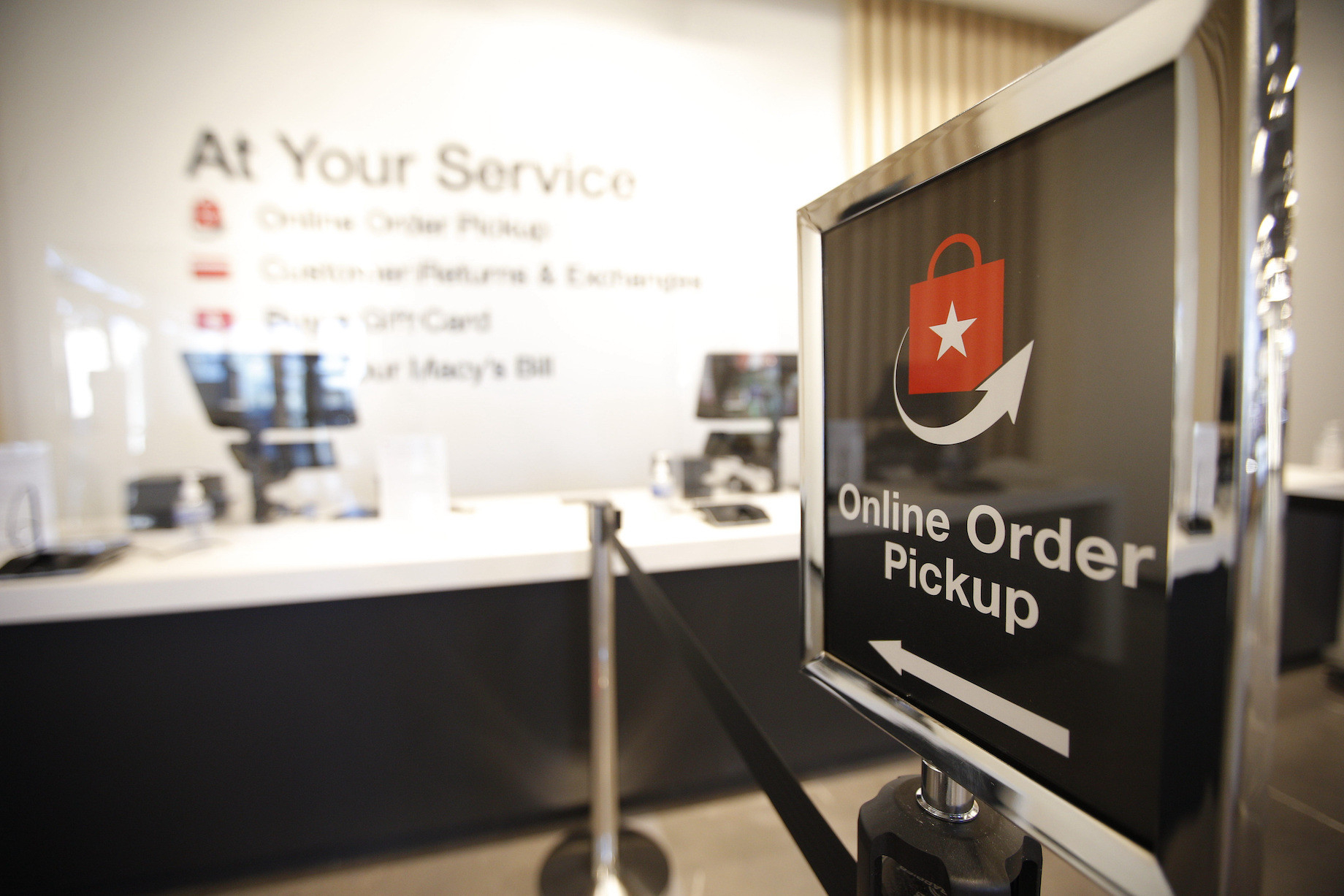
Small-format, localized stores like this Markey by Macy’s Westbend in Fort Worth, Texas can expand a retailer’s omnichannel strategy, from processing returns that were bought online and fulfilling e-commerce orders for in-store pickup.
“In the 1980s, the word everybody used was synergy, and this century, we were talking about placemaking,” said Richard Rizika, a partner and co-founder of Beta, a brokerage specializing in retail property leasing and tenant representation. “The post-pandemic conversation is about community. How does a brand relate and connect to a community today?”
Kohl’s, Macy’s, Nike, Express and Timberland are among the retailers that have launched smaller, community-oriented concepts. To a large extent, brands simply have been reacting to changes in consumer behavior that accelerated during the COVID-19 lockdowns. A global study by Accenture found that 56% of consumers had reoriented their shopping habits to more neighborhood stores midway through 2020 and that nearly eight in 10 consumers expected to adopt the practice or continue with it after the pandemic.
But if not done right, limited product offerings in small formats run the risk of frustrating consumers who have an endless aisle of e-commerce items at the touch of a screen or mouse, said RDC principal Virginia Maggiore, who heads the architecture firm’s retail store rollout and planning practice. The smaller Macy’s format, Market by Macy’s, has been criticized for offering a reduced amount of the same products rather than providing a more localized or different experience, for example.
“Smaller formats allow retailers to go into communities and get closer to their customers or build a new customer base,” Maggiore suggested, “but that alone is not going to gain a lot of traction if customers were already driving some distance to get your full product offering. You’ve got to have something special that benefits consumers.”
Data Driven
To provide such a differentiated experience, retailers tailor their offerings to particular communities. But successfully executing a localization strategy goes well beyond just stocking clothing and gear with the logos of the town’s sports teams. It hinges on a retailer’s ability to collect, analyze and act on local consumer data collected from conventional stores, as well as from online sales, mobile devices and social media marketing efforts like Facebook and Instagram advertisements.
“Brands today have more information about their customers than they’ve probably ever had,” said Cushman & Wakefield executive managing director and head of retail services in the Americas Barrie Scardina. “They know not only what you buy from them, but they can also see the other stores you’re going to in a shopping center. And there are much better tools that analyze how a store can turn on and build product categories and then turn them off.”
By putting that data to work, small-format department stores will emphasize outdoor clothing and accessories in certain communities and high heels and party dresses in others, said Rebekah Kondrat, managing partner of physical retail agency Rekon Retail. Similarly, one local demographic may prefer natural-colored cosmetics or even gender-neutral apparel compared with people in a different community, she added.
“It makes a lot of sense to go from very large-format stores to appearing smaller and speaking to local trends and culture,” Kondrat explained. “Generation Z and the younger Millennials are not so keen on the big boxes and impersonal experiences, so the writing is on the proverbial wall, if you will, as to what the up-and-coming generations are craving.”
Varied Approaches
Although several brands have introduced small-format concepts into their mixes, few promote them as dramatic departures from their overall retailing mission. Kohl’s, for example, began to roll out smaller, 35,000-square-foot stores in 2017 as part of an optimization initiative. Its conventional stores are roughly 60% larger in midsize markets and 170% bigger in large markets. But in November, Kohl’s opened a small-format concept store in Tacoma, Washington, to “test and learn about new ideas and store experiences that may be used in new or existing Kohl’s stores in the future,” according to the company. In Tacoma, it is stocking more outdoor merchandise befitting an active lifestyle and is incorporating modern fixtures, displays, shelving and product vignettes to provide its customers with “discovery and inspiration,” the company said.
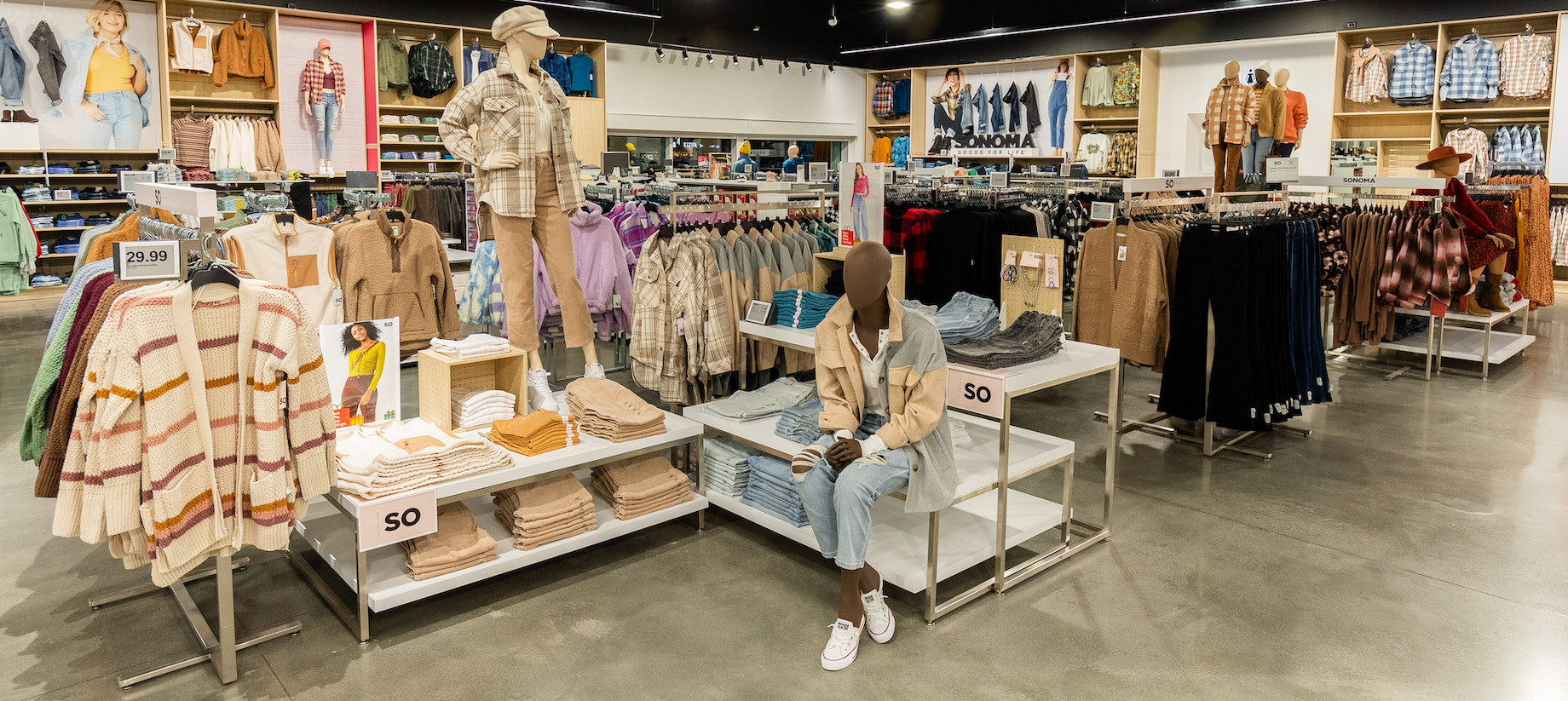
Kohl’s small-format store in Tacoma, Washington, which opened in November and also is pictured below, features more outdoor merchandise to suit the area’s active lifestyle.
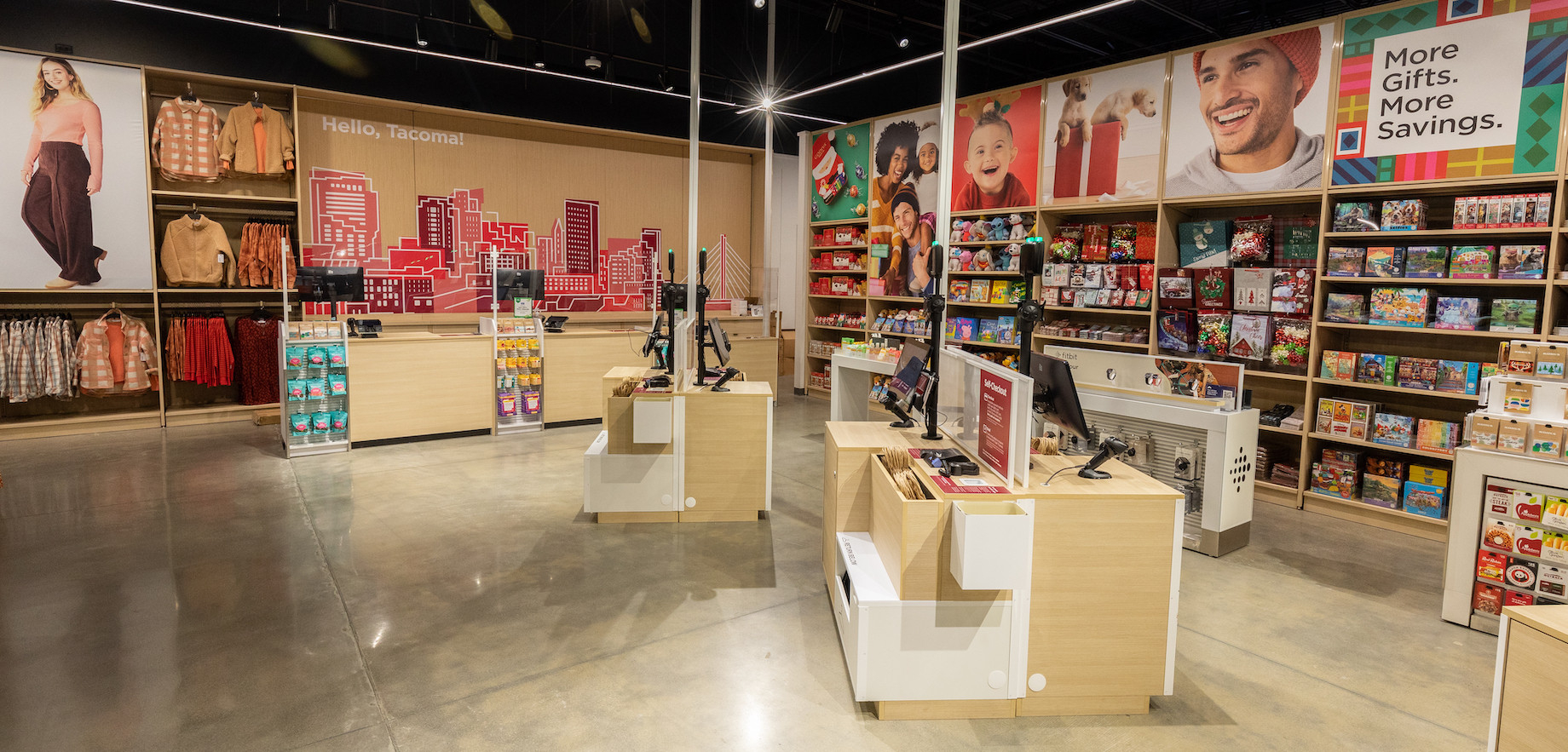
Other recent introductions include Timberland’s 3,254-square-foot flagship in Manhattan’s SoHo, which emphasizes womenswear for the outdoors and for work and personalizes clothes and shoes for members of its new loyalty program. Meanwhile, Express opened six Express Edit stores in the second half of 2022, an expansion of the concept that rolled out a few years ago. Those stores are generally 4,500 square feet or smaller in off-mall locations and cater to local style and trends.
Similarly, in June 2020, Nike executives revealed the company planned to open as many as 200 small-format and digitally enabled stores to drive market and long-term profitability. By that time, the company already had launched its first Nike Live concept store, a roughly 4,500-square-foot location in West Los Angeles that sought to link the digital and physical shopping experiences. Its Nike Unite concept, which provides communities with “locally curated” products, came later. The Unite stores, which reimagine Nike’s factory outlets, are around 16,000 square feet.
Recent Nike Live openings include Nike by University Park Village in Fort Worth, Texas, and Nike by Lexington in Kentucky, while Nike Unite stores have opened in Manhattan’s Harlem and in Watertown, Massachusetts, among other locations. All told, Nike’s visits grew nearly 22% year over year in January and 6% year over year in February, while traffic in the broader sporting goods category declined in each of those months, according to Placer.ai. “In an age when brick-and-mortar stores must compete with the ease of online shopping,” the location analytics firm said, “a unique experience can keep customers coming through the door.” What’s more, rolling out different concepts indicates Nike isn’t necessarily looking for a one-size-fits-all solution, Scardina said.
The localization trend is not confined to apparel companies. In 2011, Starbucks opened its first Starbucks Community store, and to date, it operates more than 150 around the world, 30 of which are in the U.S. The concept “lifts up” in locally relevant ways, including hiring staff from the surrounding neighborhoods, partnering with local nonprofits, playing local music and providing community spaces or tables for meetings, a Starbucks spokesperson said.
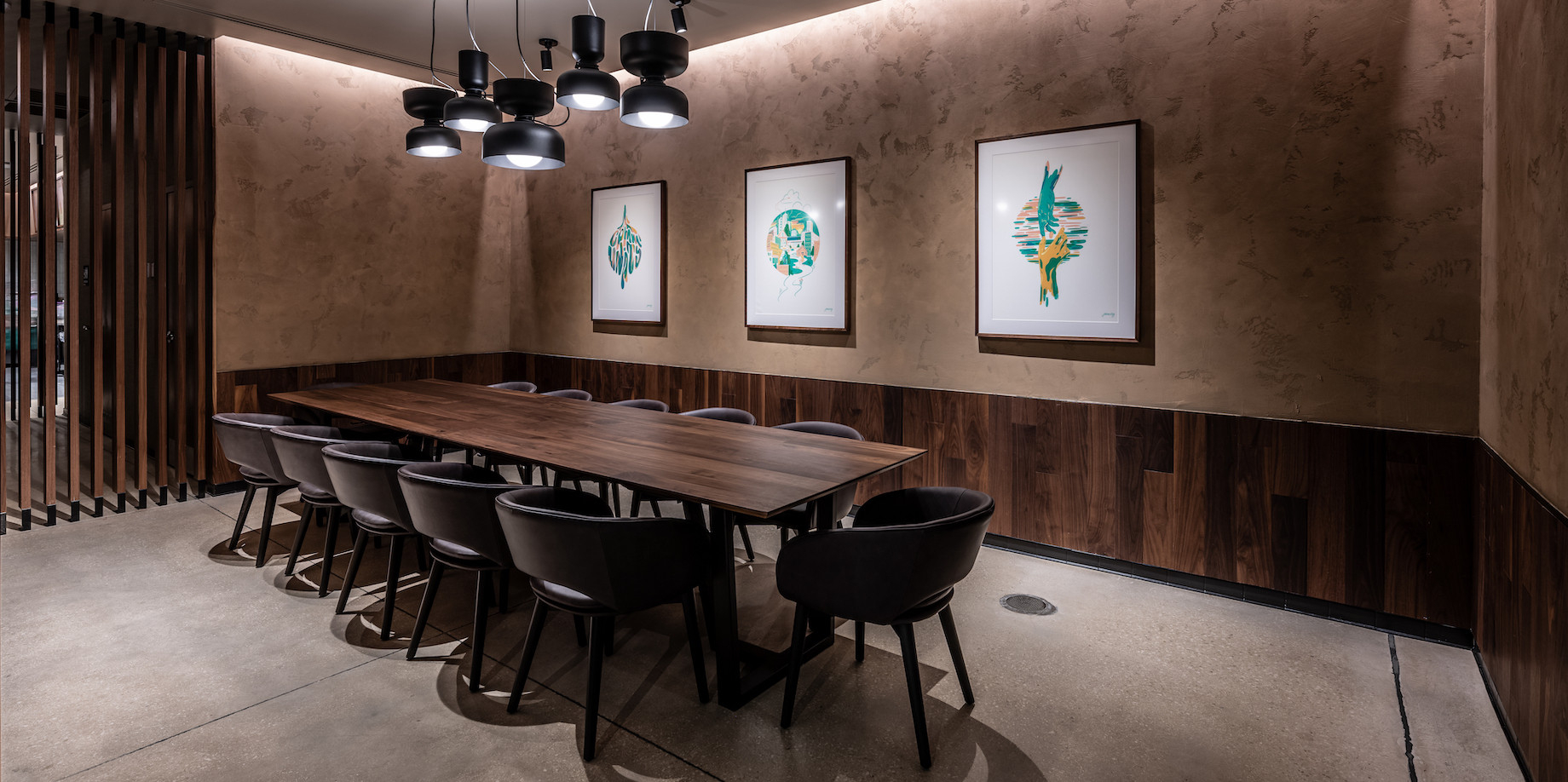
The Starbucks Community store in San Antonio, Texas, features spaces for community members to hold meetings.
In Springfield, Missouri, for example, a Starbucks Community store partners with the Boys & Girls Club, Big Brothers Big Sisters and Springfield Dream Center. The coffee shop’s community store east of the Anacostia River in Washington, D.C., features a mural produced by a local artist. “We do a lot to ensure that we are showing up in ways that support our commitments and what we say are our mission and values,” the spokesperson said. “Every community store is unique to the neighborhood, but overall, the response has been great.”
Here to Stay
While retailers have indicated they intend to expand their small-format portfolios, observers suggested that the concepts are still in a test period as brands try to figure out what works and what doesn’t. The overall performance of the concepts remains a question mark, as the results have been mixed among various retailers, observers said.
Still, even if small-format stores are not profitable right away, opening them poses far less risk than committing the capital and time to develop more traditional large locations, Rizika said. Occupancy costs alone associated with a 200,000-square-foot store can prevent department stores from being as competitive as they could be in a location about a quarter of that size, he added. Plus, with developers creating new spaces in redeveloped strip and grocery centers or in new mixed-use projects, the opportunities to open large traditional stores are limited.
“I think the trend is here to stay,” Rizika declared. “Smaller stores are more efficient and are also less expensive to set up, and as retailers get more intelligent about what their customers want, they’re actually getting better market penetration by providing merchandise that’s most relevant.”
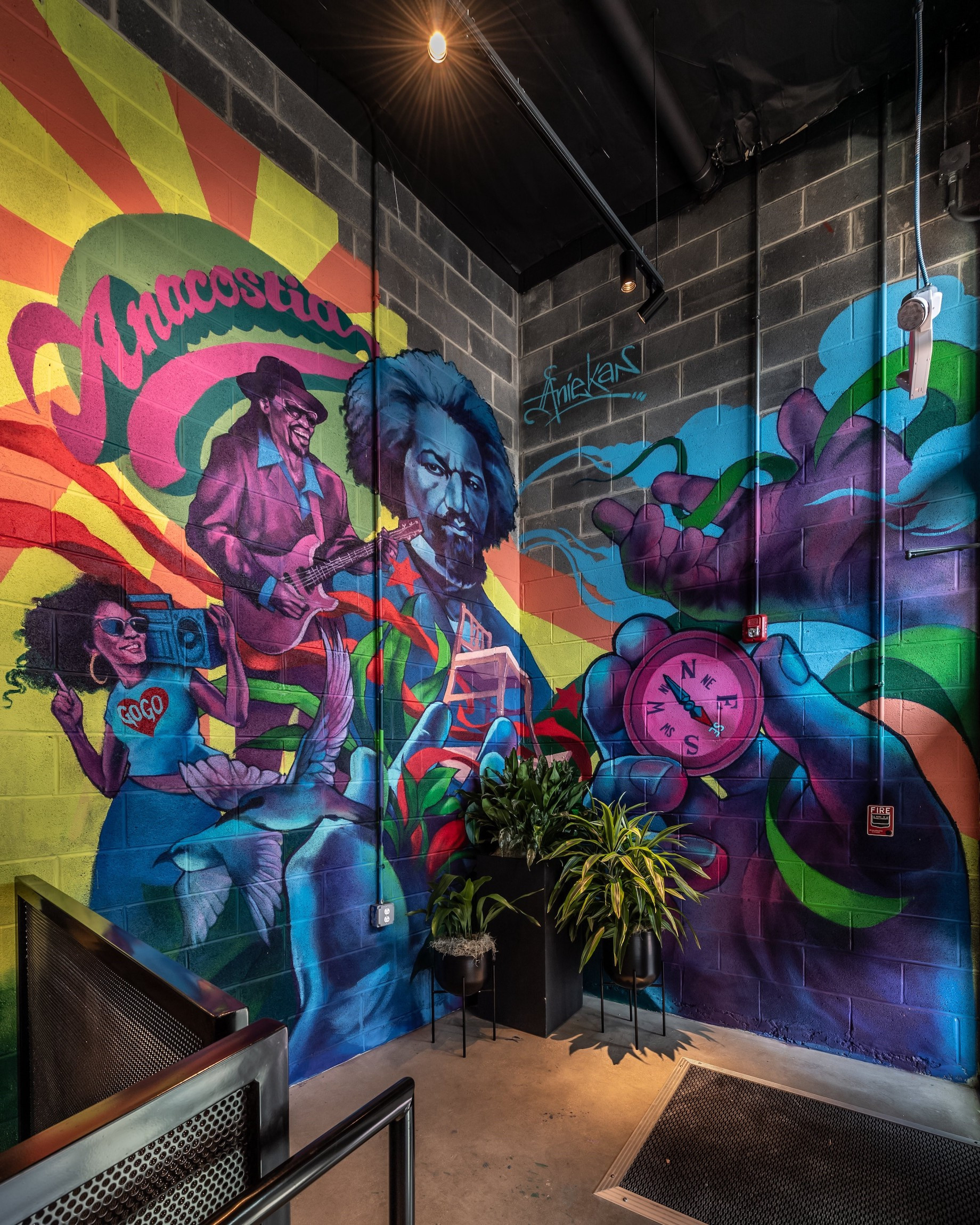
The Starbucks community store east of the Anacostia River in Washington, D.C., features a mural produced by a local artist.
By Joe Gose
Contributor, Commerce + Communities Today